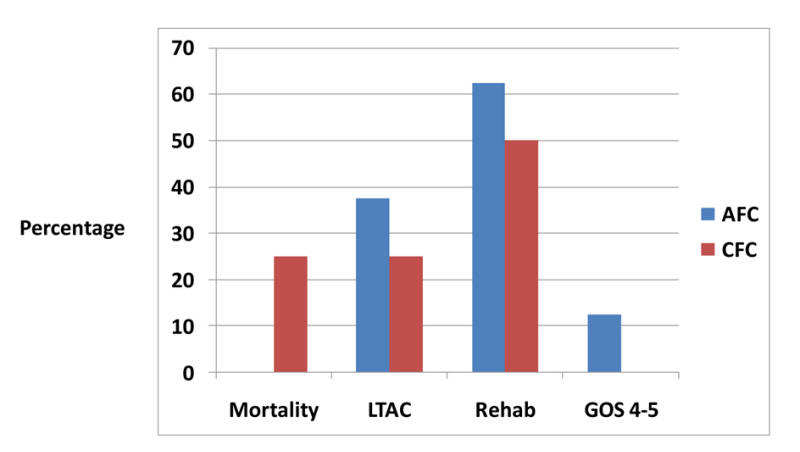
Figure 1. Bedside shivering assessment scale (BSAS).
| Journal of Neurology Research, ISSN 1923-2845 print, 1923-2853 online, Open Access |
| Article copyright, the authors; Journal compilation copyright, J Neurol Res and Elmer Press Inc |
| Journal website http://www.neurores.org |
Original Article
Volume 4, Number 5-6, December 2014, pages 127-131
Induced Normothermia After Severe Traumatic Brain Injury: A Prospective Observational Pilot Safety and Feasibility Study
Figures




Tables
| CFC | AFC | P-value | |
|---|---|---|---|
| n | 4 | 8 | |
| Age, years, ± SD | 56 (32) | 46 (18) | 0.5 |
| GCS, ± SD | 6.2 (3.7) | 5.9 (2.0) | 0.8 |
| Gender, male, n, % | 3 (75) | 6 (75) | 1.0 |
| Mechanical ventilation, days, SD | 7.8 (1.7) | 8.0 (5.0) | 1.0 |
| Patients on vasopressors | 3 (75) | 6 (75) | 1.0 |
| FB | n | Day 1 | Day 2 | Day 3 | Day 4 |
|---|---|---|---|---|---|
| FB: fever burden; AFC: advanced fever control; CFC: conventional fever control. | |||||
| AFC, h, SD | 8 | 4.0 (± 3.2) | 4.3 (± 3.5) | 3.6 (± 2.9) | 4.2 (± 3.3) |
| CFC, h, SD | 4 | 7.0 (± 5.2) | 7.7 (± 2.9) | 5.3 (± 6.0) | 4.8 (± 4.6) |
| BSAS > 0 | n | Day 1 | Day 2 | Day 3 | Day 4 | Total (96 h) |
|---|---|---|---|---|---|---|
| BSAS: bedside shivering assessment scale; AFC: advanced fever control; CFC: conventional fever control. | ||||||
| AFC | 8 | 40 | 40 | 40 | 10 | 130 |
| CFC | 4 | 1 | 1 | 0 | 0 | 2 |